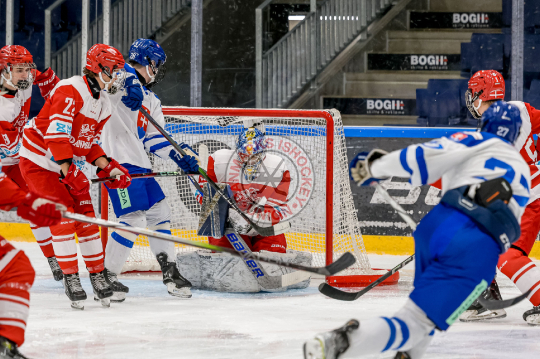Midsummer, or the summer solstice, has been celebrated in June in the Nordics in many different ways for centuries.
In Denmark, it is celebrated on the evening of 23 June with Sankthansaften, a night of gatherings, parties, singing and bonfires ahead of the official day of Sankt Hans on the 24 June.
It is described by Olaus Magnus, who chronicled the history of the Nordic peoples in 1555, as a gathering, in squares or fields, of people “without distinction of sex or age” to burn fires, dance and sing.
At that time, the Danish church was critical of this breed of Sankt Hans celebration. The 16th century priest Niels Hemmingsen, for example, didn’t share Magnus’ ‘peace-and-love’ stance.
He wrote instead of celebrations that encouraged “dancing and late-night drinking, street lambs’ garlands, lighting fires, howling, screaming and drinking all night long.”
In 1744, a landemode – a meeting led by a bishop and diocesan official – legislated against celebrating Sankt Hans on the basis that playing with fire, “which is one of God’s hardest plagues”, was considered sinful.
In 1770, Sankt Hans Day itself was abolished as a public holiday. But the people would not be dissuaded from “howling, screaming and drinking all night long”, and continued to celebrate, right up until today.
Modern-day Denmark
In modern-day Denmark, Sankthansaften is an informal and family-friendly affair. In the late afternoon or early evening, large groups gather for picnics, barbecues or shared long-table dinners, most often in gardens, parks or fields – places that can safely accommodate a bonfire.
As the sun sets, the fire is lit, and the group encircles it. If it’s a truly traditional party, there might be speeches, followed by singing.
Of all the hymns and songs, the most widely recognised is Holger Drachmann’s 1885 Vi Elsker Vort Land (We Love Our Country), which has become the celebration’s customary anthem.
Where to celebrate Sankt Hans in Copenhagen
In Copenhagen, the most impressive Sankt Hans bonfires can usually be found at public celebrations.
These take place all over the city, drawing hundreds of people for music, street food, fire and other festivities.
The media Migogkbh has put together a bumper list of 2024 parties, from the seaside idyll of Amager Beach to the raucous urban vibes at Blågårds Plads.












